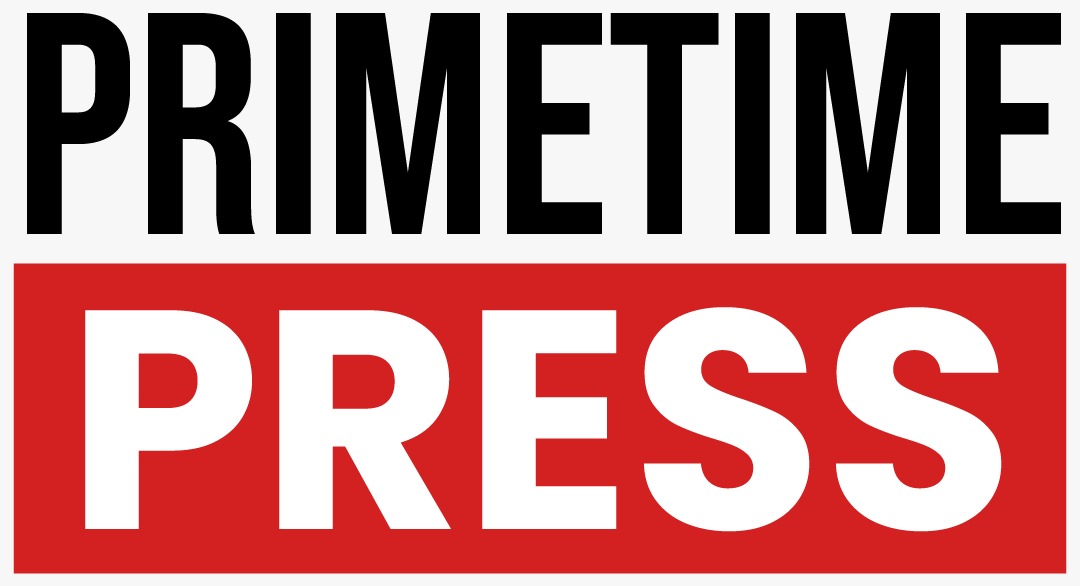U.S. Economy Weakens in Early 2025 Amid Tariff Uncertainty
The U.S. economy experienced a contraction during the initial months of President Donald Trump’s second term, with a series of tariff proposals generating considerable uncertainty for both businesses and consumers.
Decline in GDP
According to reports, the U.S. gross domestic product (GDP) declined at an annualized rate of 0.3% for the three-month period ending in March 2025. This downturn marks a significant deviation from the 2.4% growth rate recorded in the last quarter of 2024.
Impact of Imports and Government Spending
The observed decline can largely be attributed to a surge in imports, as companies aggressively built up their inventories in anticipation of potential tariffs. In fact, imports rose by over 40% at the beginning of the year. This influx of foreign goods, while responding to market uncertainties, negatively impacted the GDP calculation because the government’s formula deducts imports to reflect domestic economic activity.
Simultaneously, federal spending decreased by approximately 5% during the first quarter of 2025, further contributing to the GDP drop. The U.S. Commerce Department emphasized that this decline in economic output “primarily reflected an increase in imports” alongside a reduction in government expenditures.
Analysts’ Reactions
Analyst forecasts had anticipated a slowdown in economic performance, though there was some disagreement regarding the extent of the downturn. S&P Global Ratings had indicated a predicted decline in economic activity due to “increasing policy uncertainty surrounding trade, tariffs, and immigration.” They emphasized that the initial GDP reading could be distorted by the influx of imports, making it not fully representative of underlying economic conditions.
Understanding Recession Indicators
Typically, a recession is characterized by two consecutive quarters of negative GDP growth. However, the National Bureau of Economic Research (NBER) utilizes various indicators for a comprehensive assessment of economic health.
Positive Economic Signals Amid Challenges
While consumer sentiment has shown signs of deterioration and market volatility persists, several key economic metrics remain robust. For instance, the unemployment rate is at a historically low level, and job growth, although slowing, continues to be strong. Additionally, inflation rates eased in March, reflecting a decline from the peaks seen in 2022.
Federal Reserve’s Perspective
Federal Reserve Chair Jerome Powell recently acknowledged the “solid condition” of the U.S. economy during a speech at the Economic Club of Chicago. However, he also cautioned about potential signals indicating an economic slowdown, remarking that “Life moves pretty fast.”
Conclusion
The early months of 2025 have illuminated complexities within the U.S. economic landscape. While significant challenges lie ahead, particularly in the face of policy uncertainty and declining GDP, several foundational elements of the economy continue to demonstrate resilience.

